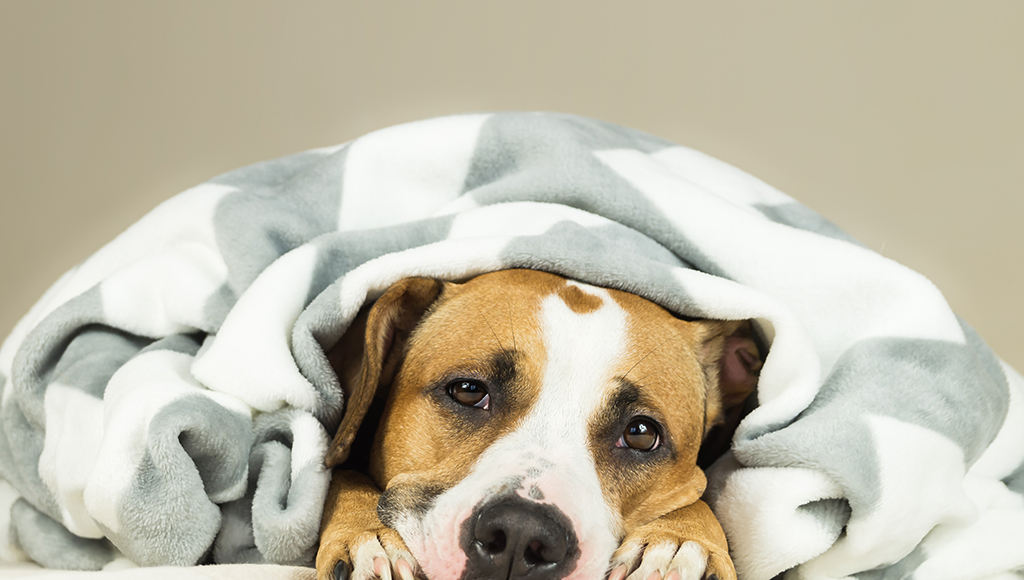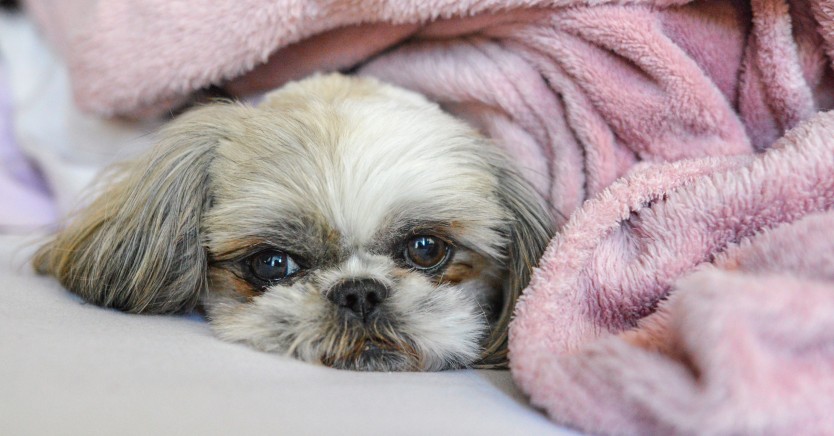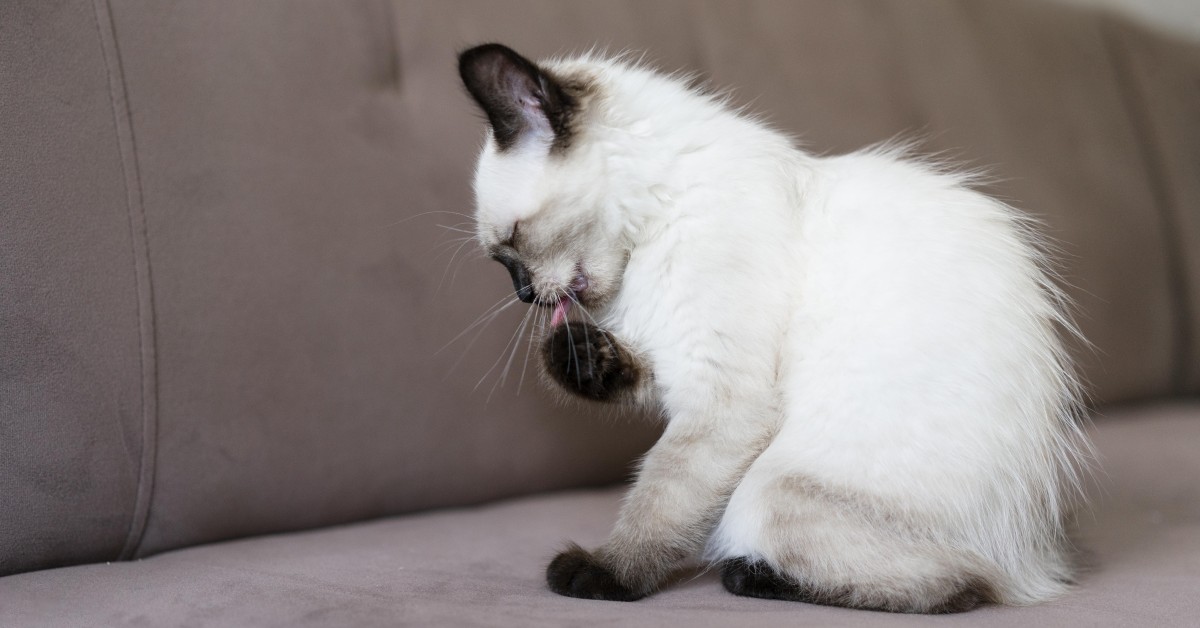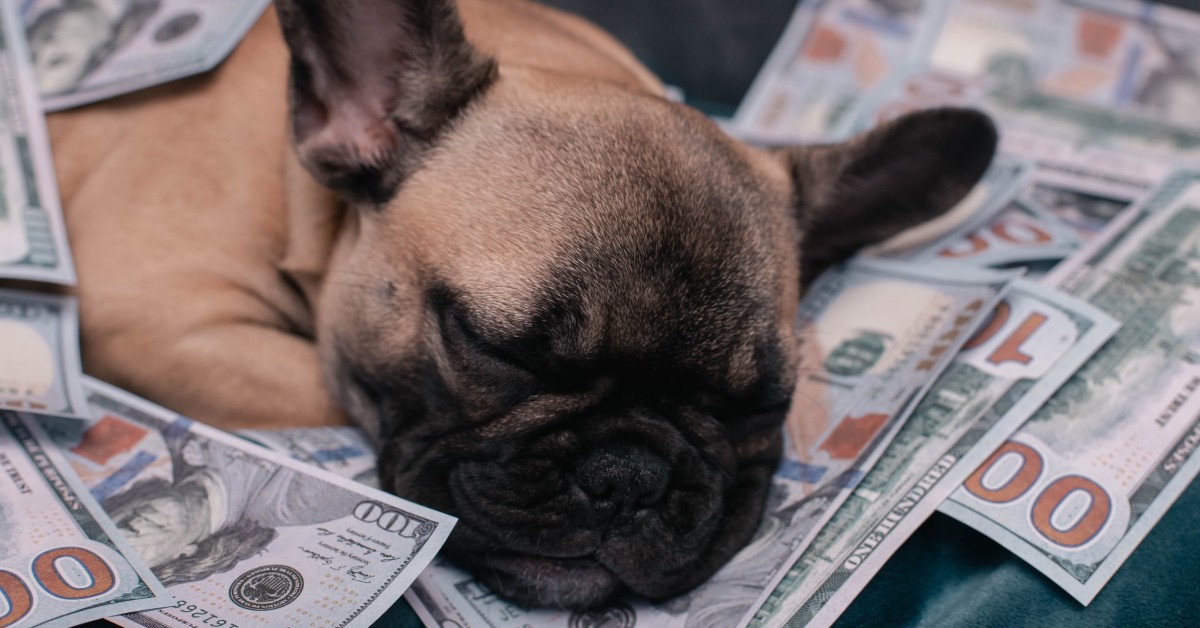Canine Parvo: Signs, Symptoms, and Treatments
Information to help you recognize this deadly disease.

What is Canine Parvovirus?
Canine parvovirus type 2 (CPV-2) is a highly contagious and serious disease caused by a virus that attacks the gastrointestinal tract of puppies, dogs, and wild canids (e.g. foxes, wolves, coyotes). It was first identified in 1978 and is seen worldwide. It can also damage the heart muscle in very young and unborn puppies.
There are several variants of CPV-2 (CPV-2a, CPV-2b and CPV-2c), but they produce similar signs and symptoms in animals. However, CPV-2b is the most common variant in the US. CPV-2c was first confirmed in the U.S. in 2006, and is becoming the second most common variant.
How is the virus spread?
CPV-2 is highly contagious and is spread by direct dog-to-dog contact and contact with contaminated feces (stool), environments or people. The virus can also contaminate kennel surfaces, food and water bowls, collars and leashes, and the hands and clothing of people who handle infected dogs. It is resistant to heat, cold, humidity, and drying, and can survive in the environment for long periods of time. Even trace amounts of feces containing parvovirus may serve as environmental reservoirs of the virus and infect other dogs that come into the infected environment. CPV-2 is readily transmitted from place-to-place on the hair or feet of dogs or via contaminated cages, shoes, or other objects.
All dogs are at risk, but puppies less than four months old and dogs that have not been vaccinated against canine parvovirus are at increased risk of becoming infected and ill.
Signs and Symptoms:
Dogs infected with the CPV-2 virus that are ill are often said to have "parvo." and may exhibit the following:
- Lethargy
- Loss of appetite
- Fever
- Vomiting
- Severe, often bloody diarrhea.
Vomiting and diarrhea can cause rapid dehydration, so do not delay in getting medical attention.
Most deaths from parvovirus occur within 48-to-72 hours following the onset of clinical signs. If your puppy or dog shows any of these signs, you should contact your veterinarian immediately.
Diagnosis
CPV-2 infection is often suspected based on the dog's history, a physical examination, and laboratory tests. Fecal testing can confirm the diagnosis. No specific drug is available that will kill the virus in infected dogs, and treatment is intended to support the dog's body systems until the dog's immune system can fight off the viral infection.
Treatment
Treatment should be started immediately and consists primarily of efforts to combat dehydration by replacing electrolyte and fluid losses, controlling vomiting and diarrhea, and preventing secondary infections. Sick dogs should be kept warm and receive good nursing care. When a dog develops parvo, treatment can be very expensive, and the dog may die despite aggressive treatment. Early recognition and aggressive treatment are very important in successful outcomes.
Since CPV-2 is highly contagious, isolation of infected dogs is necessary to minimize spread of infection. Proper cleaning and disinfection of contaminated kennels and other areas where infected dogs are (or have been) housed is absolutely essential to control the spread of parvovirus. The virus is not easily killed, so consult your veterinarian for specific guidance on cleaning and disinfecting agents that may help with the elimination of the virus.
Prevention
Vaccination and good hygiene are critical components of canine parvovirus prevention. Vaccination is extremely important. Young puppies are very susceptible to infection, particularly because the natural immunity provided in their mothers' milk may wear off before the puppies' own immune systems are mature enough to fight off infections. If a puppy is exposed to canine parvovirus during this gap in protection, it may become ill. An additional concern is that immunity provided by a mother's milk may interfere with an effective response to vaccination. This means even vaccinated puppies may occasionally be infected by parvovirus and develop the disease. To reduce gaps in protection and provide the best possible protection against parvovirus during the first few months of life, a series of puppy vaccinations are administered. Puppies should receive a dose of canine parvovirus vaccine between 14 and 16 weeks of age, regardless of how many doses they received earlier, in order to develop adequate protection.
To protect their adult dogs, pet owners should be sure that their dog's parvovirus vaccination is up-to-date. Ask your veterinarian about a recommended vaccination program for your canine companion. In spite of proper vaccination, a small percentage of dogs do not develop protective immunity and remain susceptible to the infection.
Hygiene
Until a puppy has received its complete series of vaccinations, pet owners should use caution when bringing their pet to places where young puppies congregate (e.g. pet shops, parks, puppy classes, obedience classes, doggy daycare, kennels, and grooming establishments). Reputable establishments and training programs reduce exposure risk by requiring vaccinations, health examinations, good hygiene, and isolation of ill puppies and dogs. Contact with known infected dogs and their premises should always be avoided.
Finally, do not allow your puppy or dog to come into contact with the fecal waste of other dogs while walking or playing outdoors. Prompt and proper disposal of waste material is always advisable as a way to limit spread of canine parvovirus infection as well as other diseases that can infect humans and animals. Dogs with vomiting or diarrhea or other dogs which have been exposed to ill dogs should not be taken to kennels, show grounds, dog parks, or other areas where they will come into contact with other dogs. Similarly, unvaccinated dogs should not be exposed to ill dogs or those with unknown vaccination histories. People who are in contact with sick or exposed dogs should avoid handling other dogs or at least wash their hands and change their clothes before doing so.
Although this provides basic information about canine parvovirus, your veterinarian is always your best source for health information. Consult your veterinarian for additional information about canine parvovirus and steps for its prevention.
Ready to start saving money on pet wellness care?
Then take a look at Mint Wellness, the pet wellness plan that provides fast reimbursement on routine pet care. Save on vaccinations, wellness exams, preventatives, dental, and more!
Learn More


